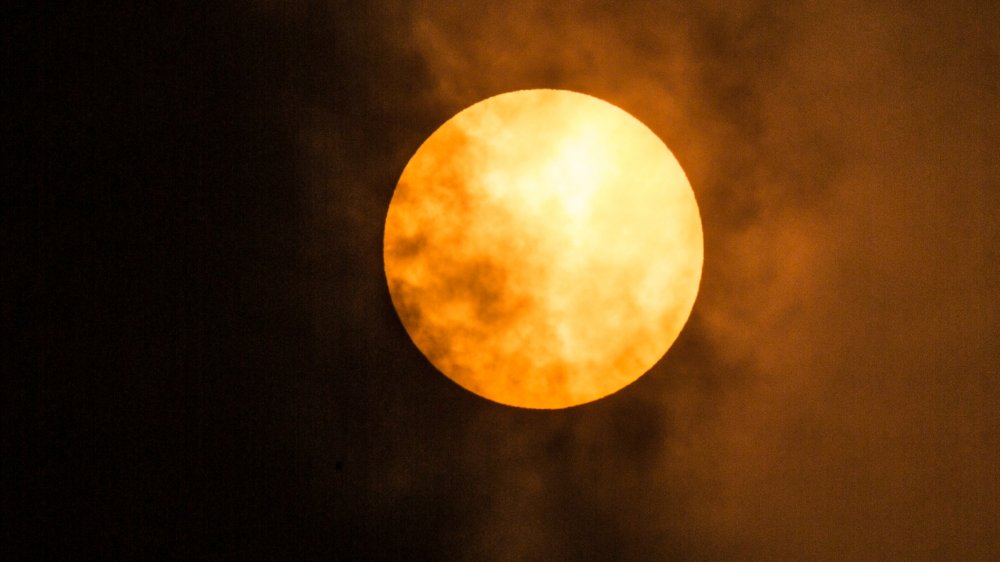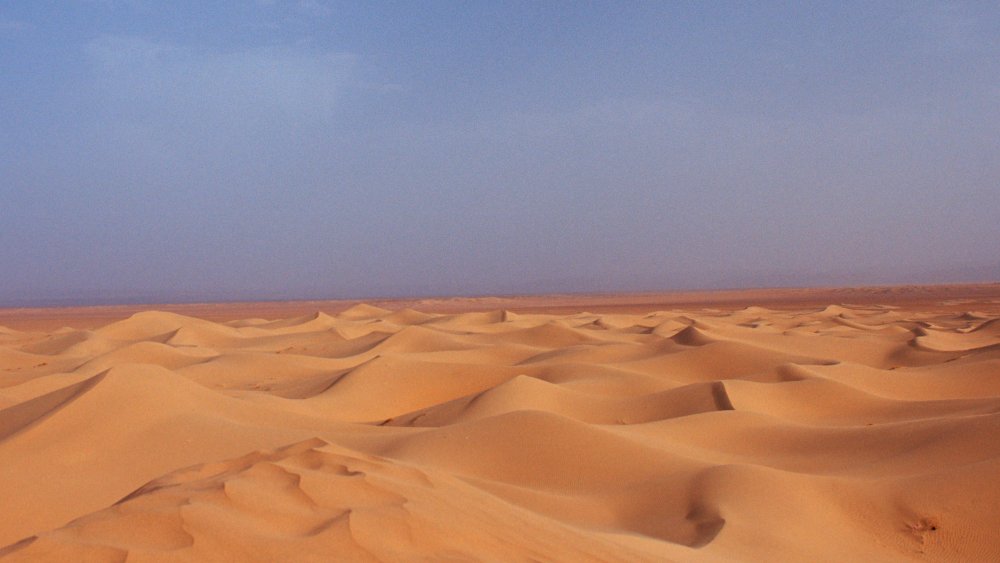Everything You Need To Know About The Sahara Dust Plume
As if 2020 has not yet done enough, a massive plume of dust from the Sahara Desert is now on its way to the United States.
According to The Washington Post, the unusually thick cloud measures at 5,000-miles long and could dramatically deteriorate air quality in the Gulf states. It can turn the sky milky white (weirdly enough) and cause rare brown rain. CBS reports the cloud, nicknamed the Gorilla Dust Cloud, will hit Texas beginning Thursday until Saturday before moving towards the Tennessee area. It will generally stay in the Southeast of the United States but scientists believe that the dust will also settle on the ground.
Dust clouds from deserts are common, it's a regular summer occurrence, but this particular one is unusual for its thickness, low altitude and geographic reach says The Washington Post. It's already reached and wreaked havoc in Puerto Rico, Barbados, and Guadeloupe. CNN writes visibility in those areas fell to only a few miles and sensors in Puerto Rico noted temperature decreases since dust reflects sunlight back to space.
Terrible air quality but at least the sunsets are amazing
According to CNN, the dust cloud began after smaller storm systems over central and west Africa caused dust storms to develop, allowing a large amount of dust to rise in the air. But at the same time, strong winds that usually move dust towards the west were weaker than average, so more of the dust accumulated. When the strong winds finally picked up, it was moving a much larger volume of dust.
But there might be a bright side to the gigantic, historic plume of dust looming over the United States. The dust cloud could make sunrises and sunsets more brilliant, said CNN. Saharan dust can enhance colors of sunsets and sunrises but, as The Washington Post explains, this much dust can also create a dull, overcast sky. At least, as CNN reports, hurricane season is on pause. The dust makes the air very dry and storms usually form in moister air.
So, if you live in the area affected by the dust cloud, what should you do? Scientists told CNN you should limit your time outside and listen to air quality reports before going out. Be careful when driving too due to the lower visibility. We've now seen murder hornets, stayed inside because of the coronavirus, and watched a fire burn through Australia adding to a long list of terrible wildfires. What's next for 2020, an alien invasion?

